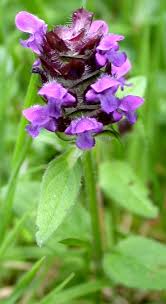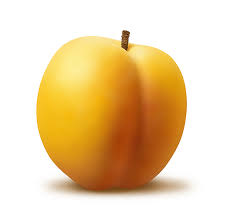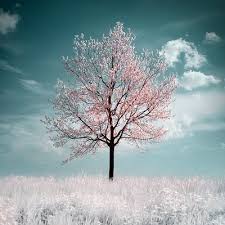Prunella vulgaris syn.
Brunella vulgaris
(Lamiaceae) 
PRUNELLE
DESCRIPTION Perennial climber
pointed oval leaves and purple-blue flowers
or roses (50 cm).
HABITAT AND CULTURE Hometown
Europe and Asia, the apple grows
temperate regions of the world.
It is a plant of roadsides growing
in the fields and values places
sunny. Rarely cultivated, the apple
is multiplied by seed or by division
the root. We collected aerial parts
in summer when it is in bloom.
USED PARTS Part overhead.
CONSTITUENTS Tnterpènes entacycliques,
tannins, caffeic acid and rosmarinic
vitamin Bl, C and K.
HISTORY AND TRADITIONS The eye is
used for centuries to stop
bleeding and heal wounds.
The herbonste John Gerard wrote in
Seventeenth century: "There is no better plant
the world for the apple wounds. "
EFFECTS AND USES MEDICINAL Although
its astringent action is unknown, the
pupil is able to heal the wounds
by providing a tonic effect. As
other plants of the Mint family
such as rosemary (Rpsmarinus offidnalis,
and sage (Salvia spp.), it has a
antioxidant and protective fabrics,
making it effective in many
chronic diseases. Its antioxidant action
astringent and makes it beneficial in
ailments such as sore throat,
intestinal infections and diarrhea and can
to stop internal bleeding.
Externally, a lotion can be
applied to treat leucorrhoea
(white discharge). In Chinese medicine,
pupils were taken with duju hua
(Chrysanthemum morifolium,) against
fevers, headaches, dizziness, vertigo.
ONGOING RESEARCH Research
conducted in China indicate that the plant
can lower blood pressure and it is
quite effective against some bacteria.
Prunus armeniaca
(Rosaceae)
APRICOT 
DESCRIPTION Tree robust leaves
deciduous, small oval leaves, flowers
white (sometimes pink) with 5 petals in umbels
fruit and yellow-orange, apricot.
The APRICOT has seeds that provide
the Icetril a controversial remedy against cancer.
HABITAT AND CULTIVATION Native to China
and Japan, the apricot is cultivated in Asia,
North Africa and California.
The fruit is harvested in summer, when it is
maturation.
USED PARTS fruit, seeds, bark.
CONSTITUENTS The fruit contains sugar,
vitamins and iron. The seeds contain
up to 8% of amygdalin, glucoside
cyanogenic giving hydrocyanic acid.
The bark contains tannins.
HISTORY AND TRADITIONS The apricot is
known and appreciated in India and China
last 2 000 years. Dong Feng, a medical
Chinese II century, would have required
apricots as an honorarium.
EFFECTS AND USES MEDICINAL The apricot
is nutritious, cleansing and slightly laxative.
A decoction of bark relieves
inflammation and rashes.
Although the seeds contain much
hydrocyanic acid, it is prescribed
small dose of Chinese medicine cons
cough and asthma, excessive production
mucus and constipation. An extract
seeds, laetrile, is sometimes used
in the West as a remedy against the
tumors although its effectiveness is
controversial. The seeds produce
also a fatty oil, similar to that
almond (Prunus amygdalus), and often
used in the cosmetics industry.
RESEARCH IN PROGRESS Tests Chinese
showed that the pulp produced from
seed treat vaginal infections.
WARNING Even at low doses, the seed
is very toxic. Do not consume.
Prunus avium var. avium
(Rosaceae)
CHERRY, Guignier 
DESCRIPTION deciduous shrub,
bark reddish-brown, with oval leaves, flowers
white umbels and red fruit almost
Spherical (8 m high).
HABITAT AND CULTURE Doubtless
originating in the Middle East, cherry
is widespread in Europe. It is cultivated
in temperate zones. Are harvested
stems and ripe fruit in summer.
THE CHERRY is used for medicinal purposes
256 since antiquity.
0 commentaires